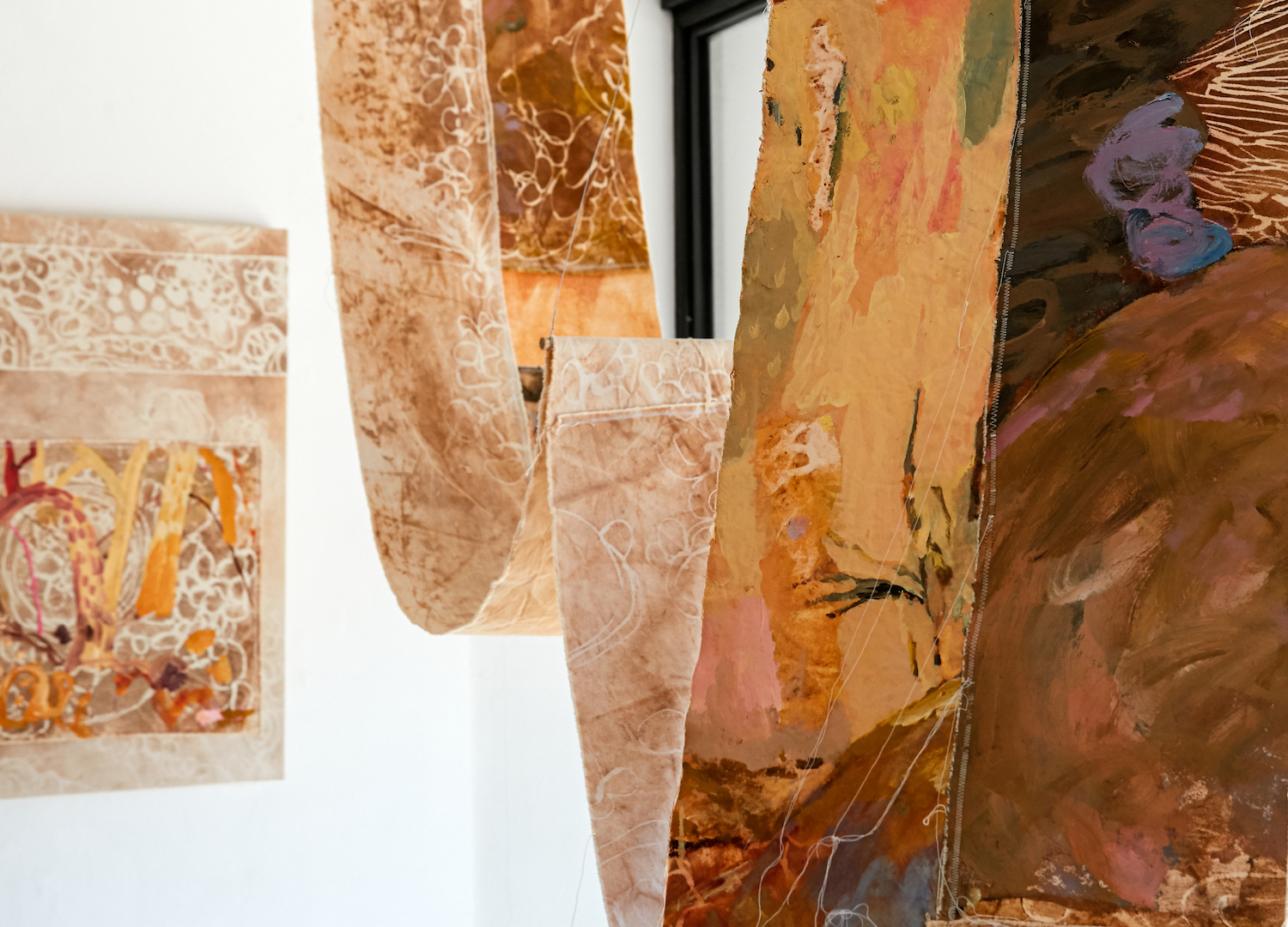
Art with Heart: Emily Imeson Digs Deep to Make a Powerful Climate Statement
photos JACQUI TURK
A powerful force for change, art can make a deep and moving impact on our hearts and minds. With so many talented creatives in Australia moving and shaking to make the world a better place – and because Earth without art is just ‘eh’ – we’ve introduced a new digital series called Art with Heart to showcase the superstars in our local art scenes.
Through her work, Australian artist Emily Imeson explores how landscape painting can be a tool to respond to the climate crisis – examining human and non-human relationships with the landscape and encouraging her audience to reflect on the impact humanity has on its surroundings. Recently announced as the 2022 winner of the prestigious Paddington Art Prize, her latest exhibition Chaos and Compassion (In a Time Like This) – showing at Saint Cloche in Sydney until 20 November – saw Emily burying her painted canvas scrolls in the earth.
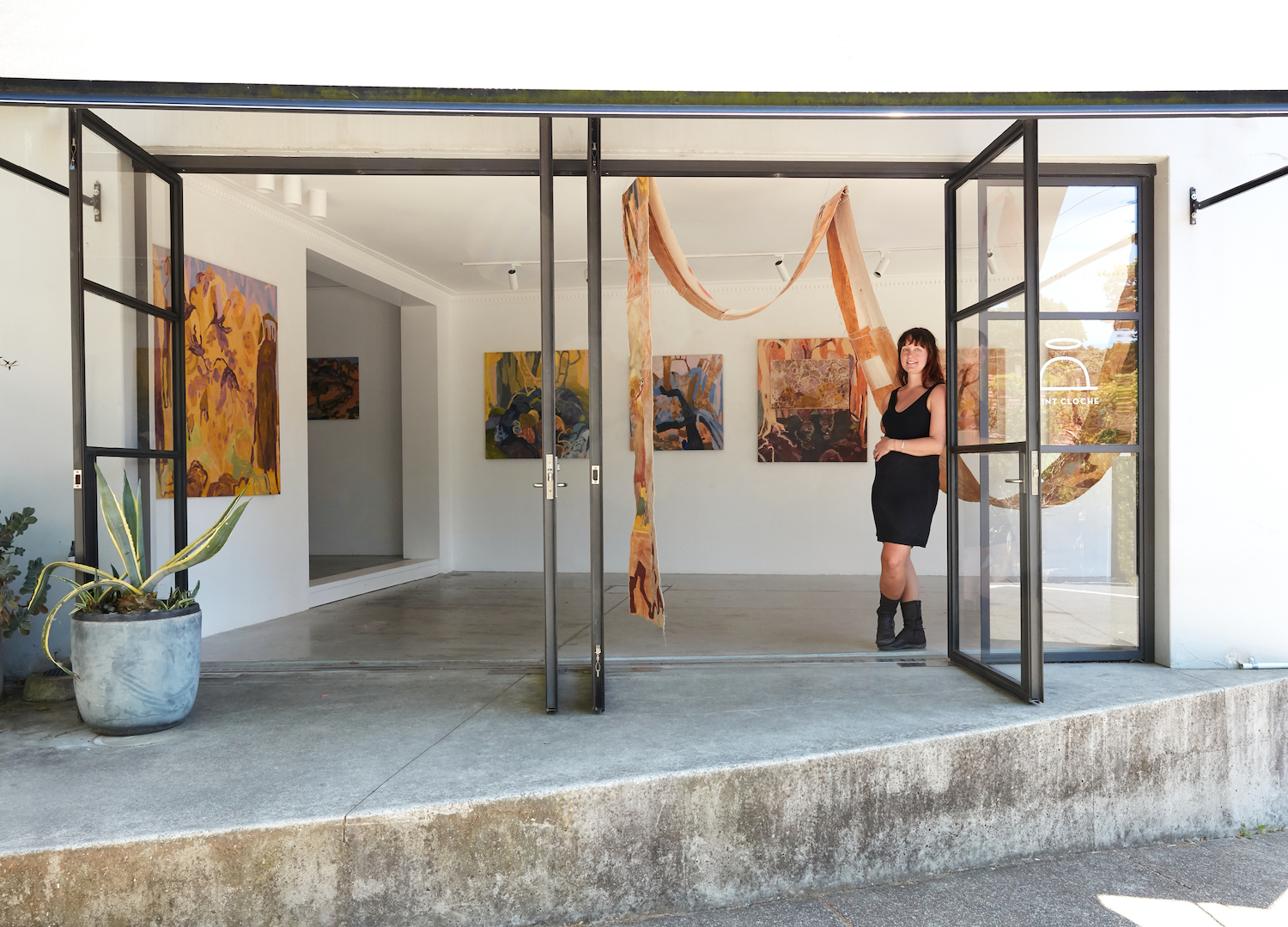
How did you come to be an artist?
I have always been interested in the world and wondered how I could express this and the things which exceed words. The exploration of materials is, for me, a great way to translate that wonder. In 2010, I was encouraged by my folks to study art and after completing a diploma, I decided to completely dedicate myself to a creative practice.
Tell us about your creative process…
My process is open to change and exploration. I don’t follow rules but find myself content to spend endless hours painting, reading, thinking and being outside. Works are generated from experiences and fuelled by my interest in the interactions between humans and non-humans, between artists and the world.
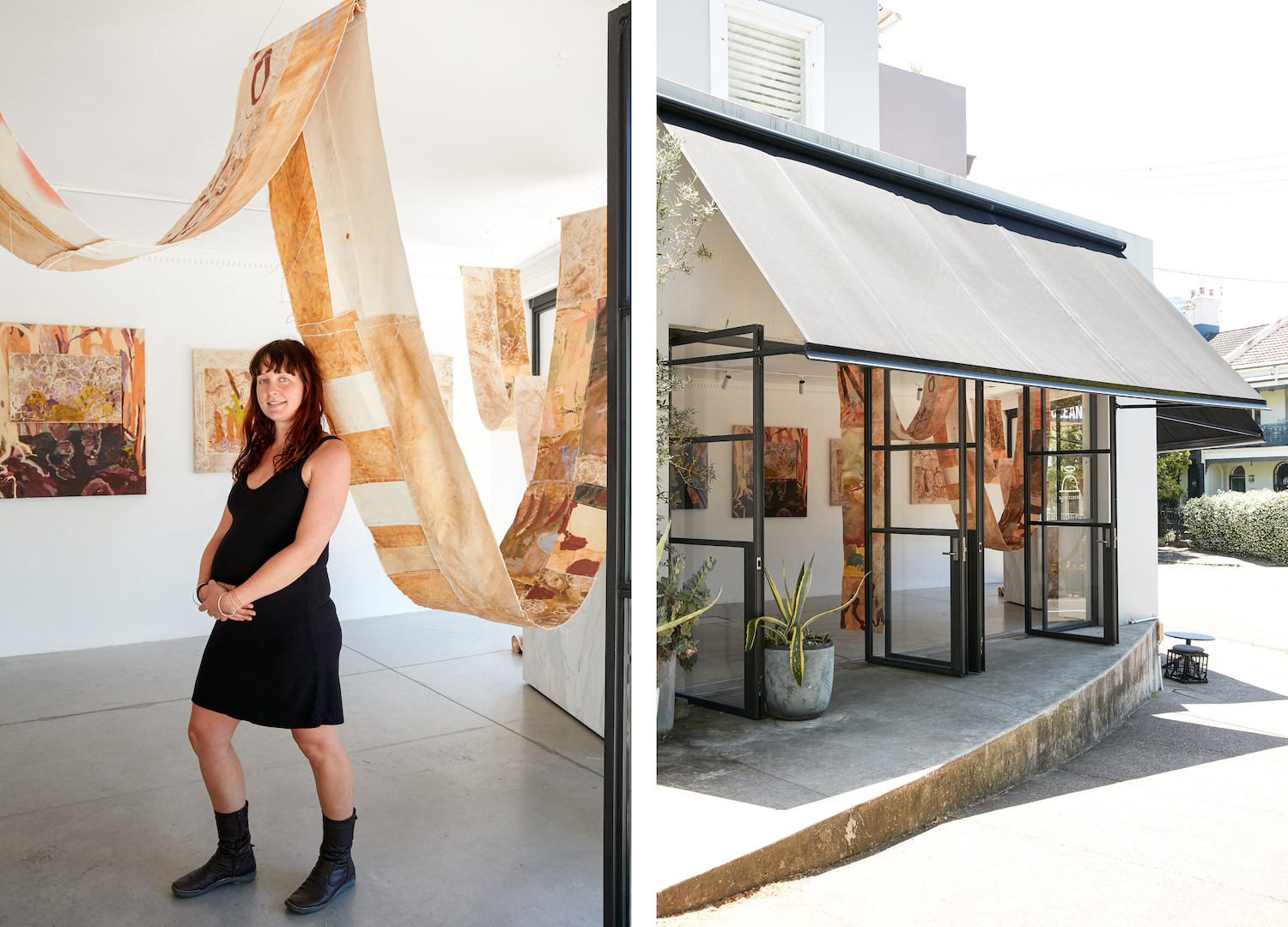
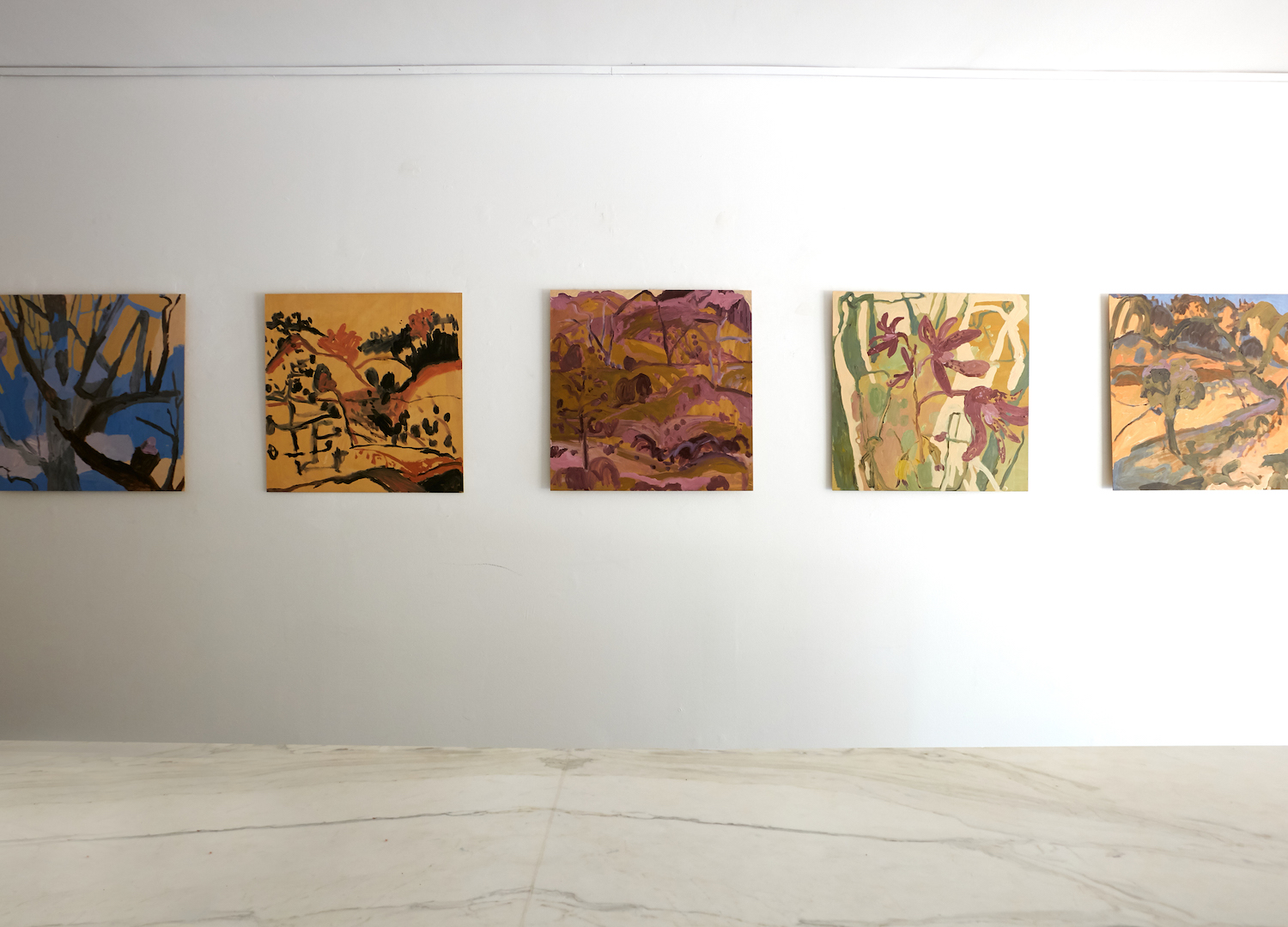
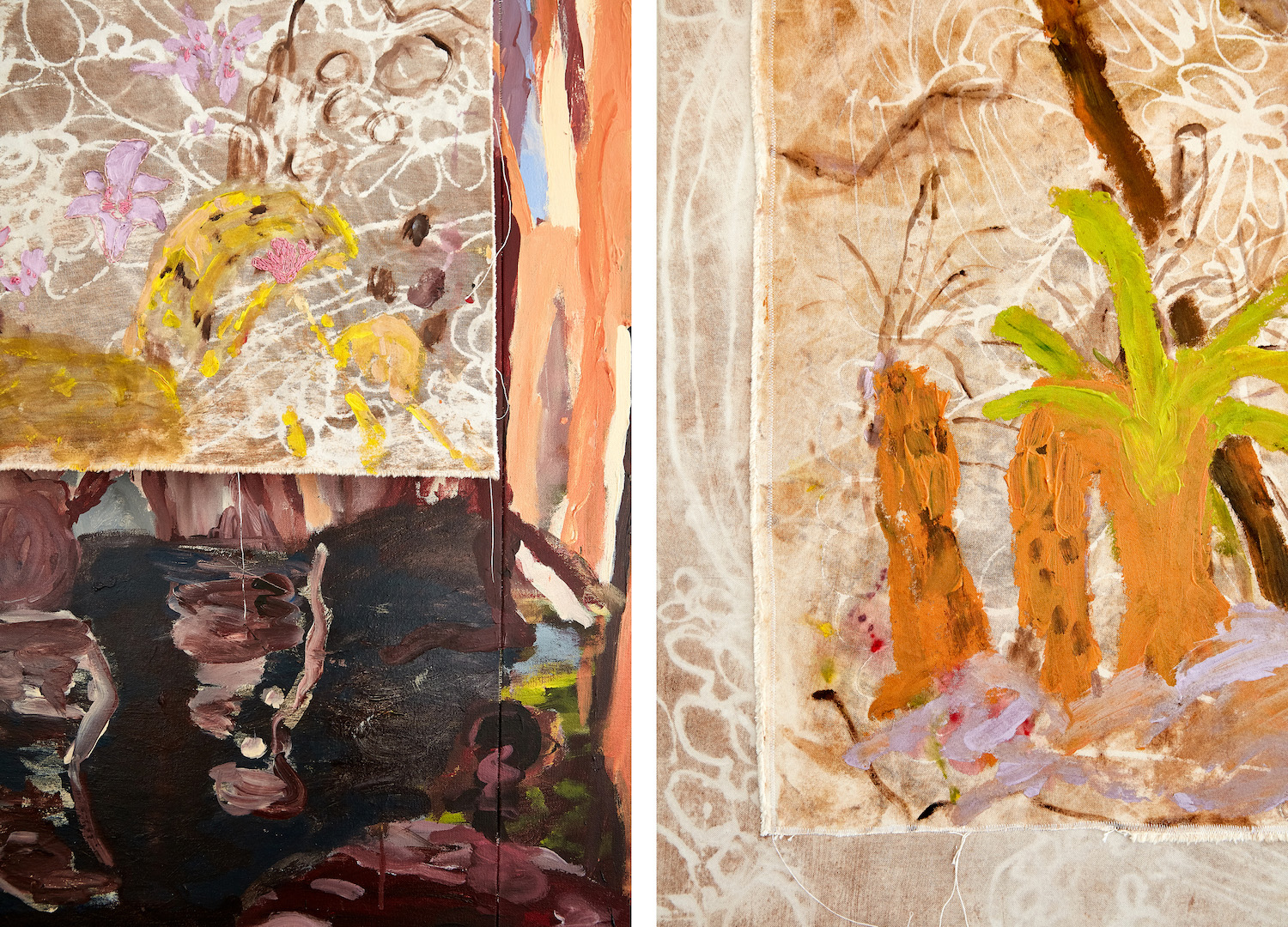
Where do you find inspiration?
Being outside, reading, gardening, seeing art, thinking, talking, cooking, camping, sharing, painting.
I don’t follow rules but find myself content to spend endless hours painting, reading, thinking and being outside.
What draws you to soil?
There are so many great things about soil: we have evolved alongside it; it houses a microbe that has been shown to have an antidepressant effect; it is involved in so many life-sustaining processes (many of which we struggle to comprehend). It is the unseen world that makes our world function. Soil is ‘living dirt’ – it is a site for interconnectedness, a place driven by symbiosis and full of potential. As soil is the greatest store of carbon, I see it as a generator of optimism when faced with concerns about our global ecological future.
The mysteries of this underworld encourage an acceptance of the unknown, which has influenced my application of paint – my mark-making became ambiguous and open-ended, an exploration and an imagining of the worlds beneath our feet. I believe an imagining of healthy soil and compassionate acts towards conserving and generating healthy soil can positively contribute to our ecological problems and encourage a rethinking of how we have treated and how we treat the soil.
READ MORE – ART WITH HEART: OVER THE RAINBOW WITH HIROMI TANGO
Why do you think art is important to society?
Art can be a great instigator of conversations, including ones that are difficult to approach. It can be a useful, non-violent way to discuss overwhelming issues that we face in contemporary society.
What are you working on currently that excites you?
The direction my practice is taking is very exciting for me. My marks feel alive; I’m happy to leave things indefinable; I’m enthralled by working with soil and enjoy finding ways to combine disparate materials to speak of my concepts. Soil, compost and fungi, alongside combinations of gestural and gentle painting, excite me.
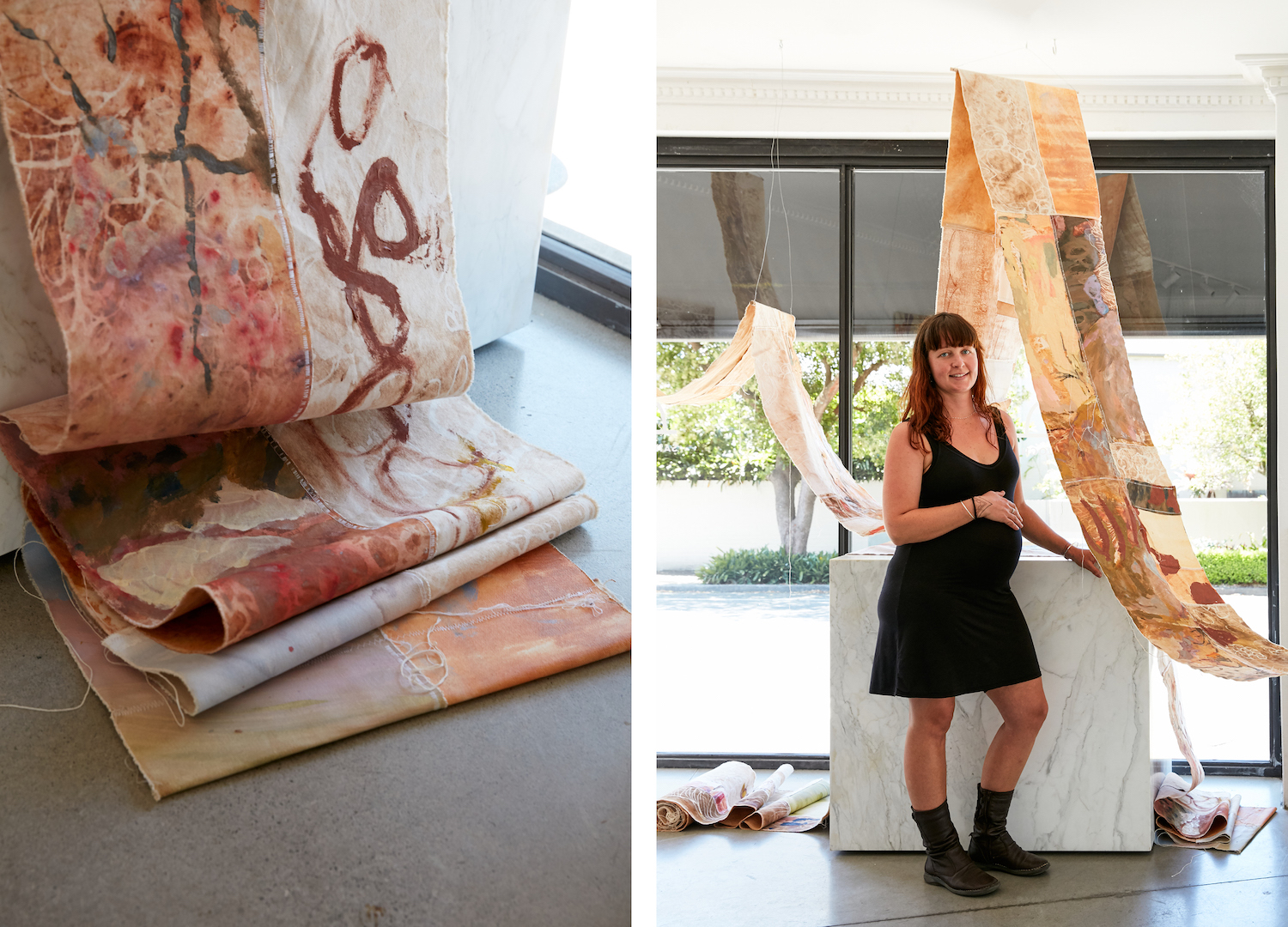
What would be your dream project?
To learn alongside experts working on conservation projects, creating works on-site in response to the experience.
Has your practice changed over time?
Change, as I understand it, is inevitable. This year has been mammoth in terms of change – physically, mentally, ecologically and geographically. I am grateful to have had my practice during this period and I am sure that if I resisted the change (or should we say evolution?) within my practice, it would have been much harder to accept the changes happening in my world and the world around me.


